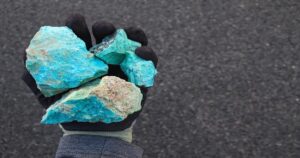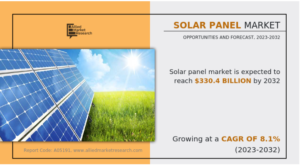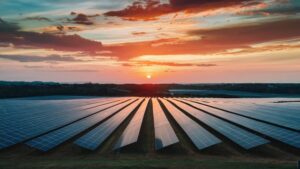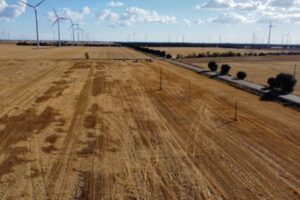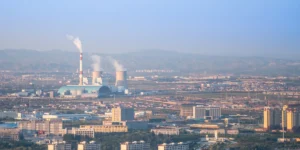Invenergy details proposed clean energy projects in the Peace region
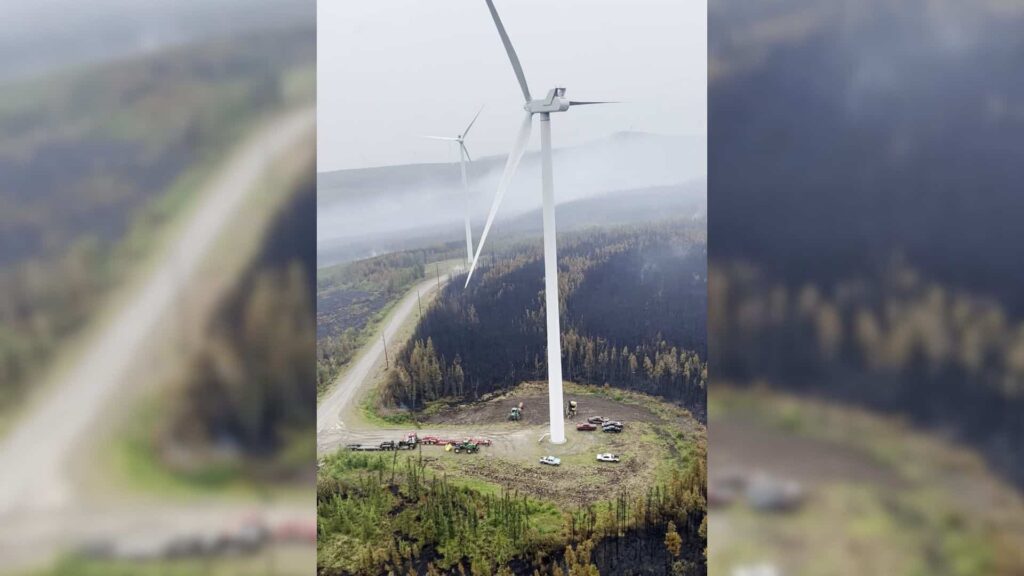

DAWSON CREEK, B.C. — Invenergy representatives introduced the power generation company to the Peace River Regional District (PRRD) board during their April 4th meeting and highlighted projects in the Peace region.
Invenergy is a private U.S.-based clean energy company that has been active in Canada since 2005. The company has significant Canadian ownership in the global business and has been involved in wind turbines, solar energy, storage, and natural gas for the last twenty years.
According to Shoshana Pasternak, senior associate at Invenergy, British Columbia is seeing an increased demand for electric power.
“[The province is] seeing increasing electricity demand due to electrification, economic investment, population growth, which are all positive things, but they all result in constraints on the grid,” said Pasternak.
Invenergy associate Gabriel Epprecht told directors that there was a lot of wind development in the region 15 years ago when the province was calling for renewable energy.
When the calls for new energy stopped, Invenergy picked up investigative licenses and held onto them, hoping that renewable energy would be asked for again.
“When [BC Hydro] announced that a call for power was coming out last summer, we started to review those licenses and see if any of those were actually viable projects,” said Epprecht.
During the presentation, Epprecht provided an overview of two proposed projects in the region. One project, “Mt. Puggins,” would have 16 wind turbines, and the other, “Hourglass,” would have 37 turbines.
Both projects are in their early stages, and it is unclear what could be put on the sites from a technological perspective, according to Epprecht.
The presenters say the projects have community benefits, such as jobs created through local construction contracts and delivering renewable energy to the region.
BC Hydro’s Call for Power came out in early April to help the province get sufficient clean or renewable energy to meet future needs.
Proposal submissions are due by September 16th, 2024, with contracts awarded in December.
Epprecht says plans for the summer involve building two new MET towers on each site located between Chetwynd and Tumbler Ridge.
Other next steps involve initiating early baseline natural environment monitoring, a provincial environmental assessment process and continuing engagement with local First Nations.
Epprecht says they are working with the province and local First Nations to identify inappropriate spaces for turbines and avoid additional clearing.
The invenergy representatives also sought feedback to enhance community engagement, as well as understand and initiate discussions on permits or approvals that could help with their projects.
The board asked the presenters about their process for determining when turbines become deficient, whether they are replaced, whether the material is recycled, and whether British Columbia taxpayers are left with any expenses.
“When it comes to decommissioning, there’s a couple of factors that govern what would happen at the end of life,” said Epprecht
The associate says upgrading and repairing the turbines is the ideal option to save on investments.
Epprecht explained that the UNDRIP Act has left uncertainty about the decommissioning process.
“We’re actively speaking with the province and nations about what our license is going to look like,” said Epprecht.
The full presentation can be viewed below:
